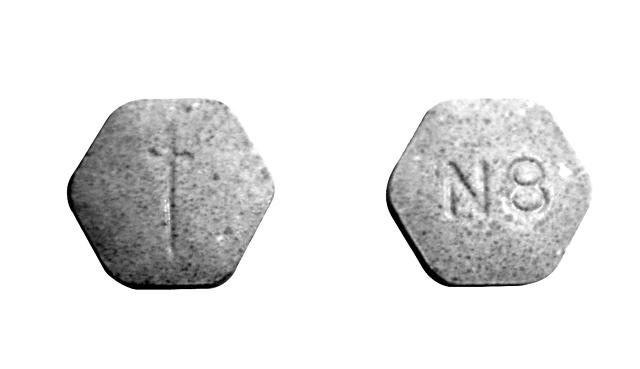Why More People Can’t Get Suboxone, The Drug That Might Have Saved Prince
According to a new report in the Minneapolis Star-Tribune, Prince died one day before a scheduled meeting with nationally renowned opioid treatment expert, Dr. Howard Kornfield. It’s not clear exactly what kind of treatment Kornfield had planned for Prince, but the story states that the doctor is a vocal proponent of expanding the use of the drug Suboxone to treat abusers of heroin as well as opioid painkillers like the ones to which Prince is suspected of being addicted.
“The drug has been underutilized, in part,” reported David Chanen, “because many doctors haven’t completed the federal training that is necessary to prescribe it.”
When worded this way, it sounds as if the barrier keeping Suboxone from widespread adoption comes down to a lack of education, resources, or resolve on the part of doctors, which would make deaths like Prince’s—along with the daily struggles of the 2.5 million Americans addicted to opioid painkillers and heroin—that much more heartbreaking.
But in truth, the reasons drugs like Suboxone aren’t more commonly administered are more cultural—and arguably more entrenched and difficult to solve—than a mere issue of training.
According to the Washington Post, only five doctors at John Hopkins Bayview Medical Center are allowed to prescribe Suboxone. Meanwhile, federal law prevents each doctor from treating more than 100 patients at a time with Suboxone, up from 30 when the drug was initially approved in 2002. This is done because buprenorphine, the key ingredient of Suboxone, is itself an opioid and therefore poses a risk for addiction, much like its predecessor methadone. (Doctors began to abandon methadone in favor of Suboxone because the risk of a deadly overdose is lower).

But unlike methadone, which is administered in a clinic under a doctor’s supervision, addiction sufferers can take Suboxone home with them like any other pill, which is good from the standpoint that it lowers the social stigma of addiction. However, it increases the likelihood of abuse or of selling the drug on the street—sometimes to pay for more heroin or some other illicit substance. For non-addicts, Suboxone can create a high which gives it some street value (though many buy Suboxone illegally because they cannot get it legally). Moreover, limiting the number of doctors who can prescribe the drug cuts down on the chance of that doctor operating illegal “pill mills” and overprescribing the drugs to recreational users.
But these concerns, while valid, are more in line with older abstinence-based strategies for dealing with drug abuse, and not with the newer, more empathetic—and, in may cases, more effective—tenets of “harm reduction.” A Suboxone patient may disobey doctor’s orders by selling the pills or taking too many. In turn, a doctor may overprescribe the drug. But study after study shows that these tactics save lives: Either by keeping opiate users away from unclean needles and the various fatal diseases they can spread, or, as has been reported in the case of Prince, by reducing the risk for overdose during periods when access to the drug is unreliable and the person’s tolerance has dropped. One of the most common ways that addicts overdose is when users take the same amount of the drug following a withdrawal period that they took at the height of their addiction, unaware of how low their tolerance has dropped. Many have argued this is what caused the death of Amy Winehouse as well. With Suboxone, however, the addict can wean off the drug at a pace determined by a medical professional and without fear of the drug becoming unavailable or being uncertain about the potency of the dose.
Yet as Sarah Beller pointed out at Salon, there are still powerful cultural forces at work that are limiting patients’ access to Suboxone. There was even a huge two-part series for the New York Times about one woman’s struggles with Suboxone. It was a heartbreaking piece, but it only focused on one person’s experience with the drug instead of examining its broader societal impact.
The concerns raised by critics of Suboxone aren’t to be easily dismissed—indeed, doctors and patients alike should be more closely supervised when approved for treatment. But arbitrary limitations on Suboxone based on fear instead of empiricism won’t solve the worsening opioid epidemic in America—and it won’t bring back Prince or any of the other casualties of this epidemic.
Fast Company , Read Full Story
(32)














